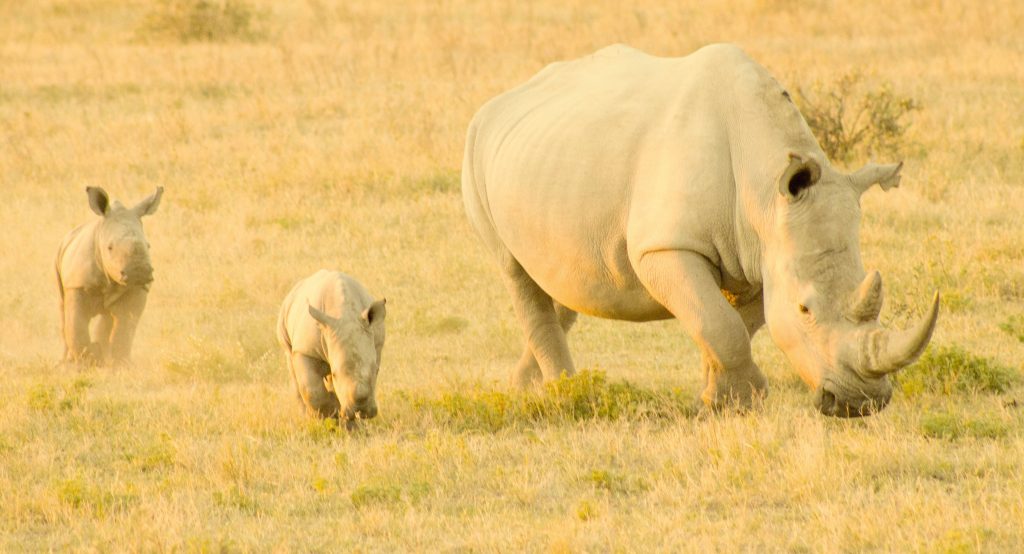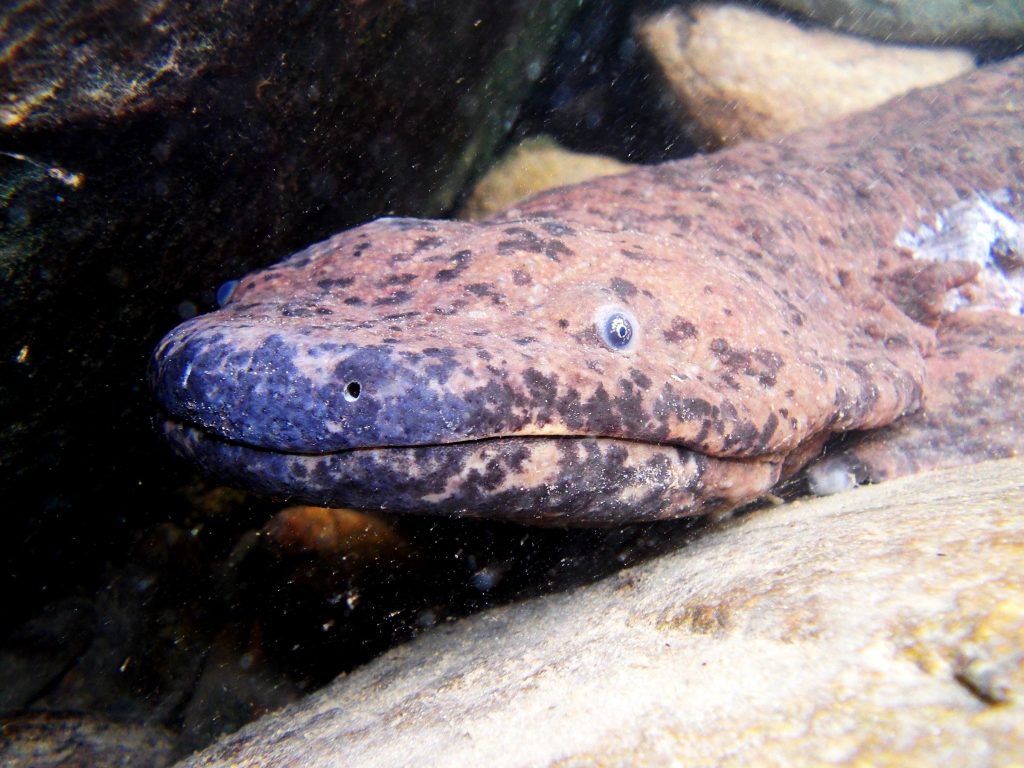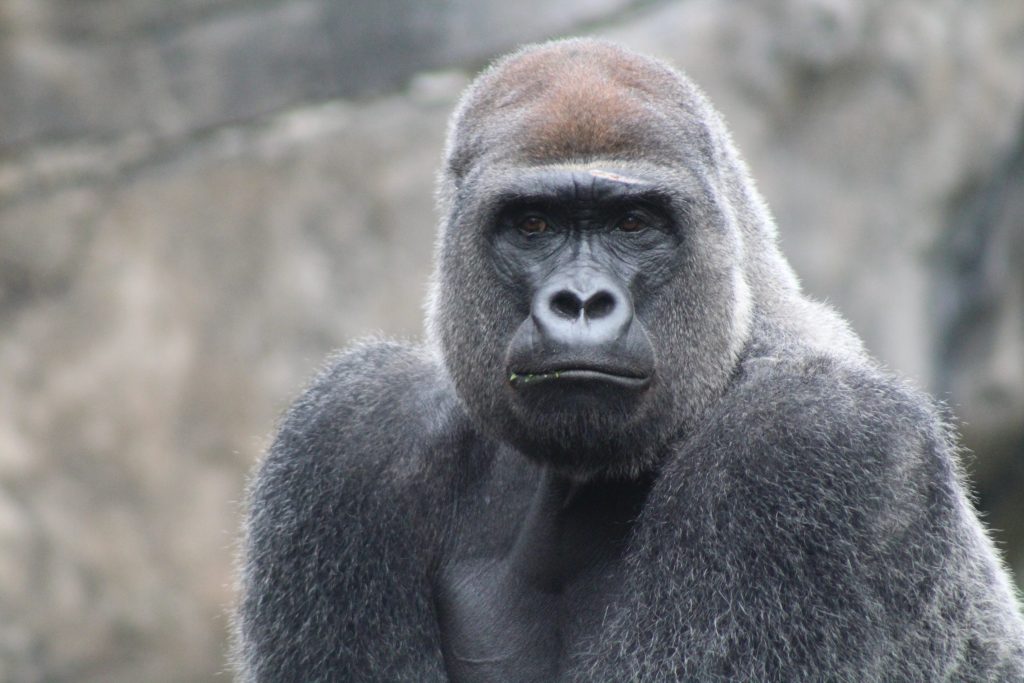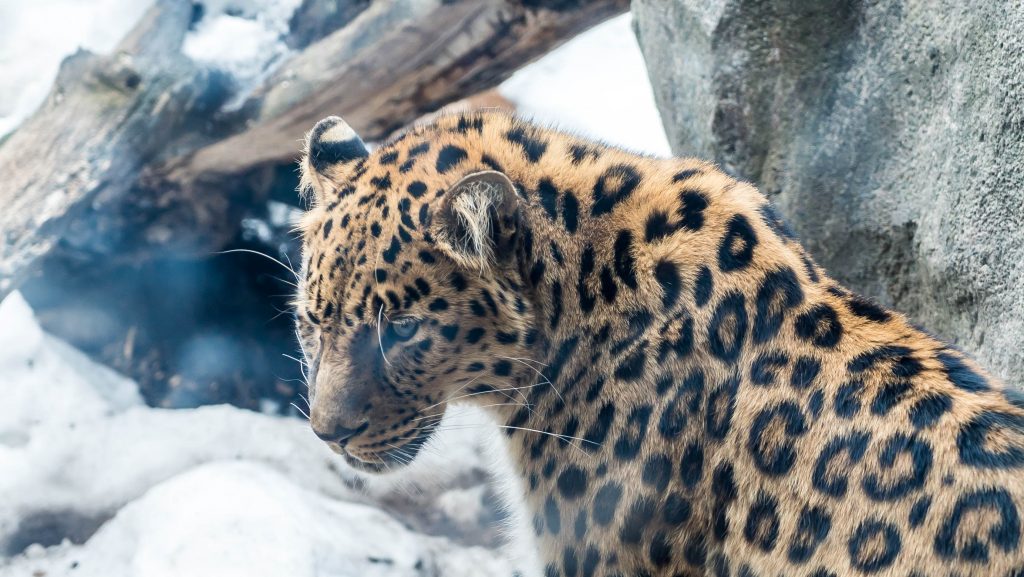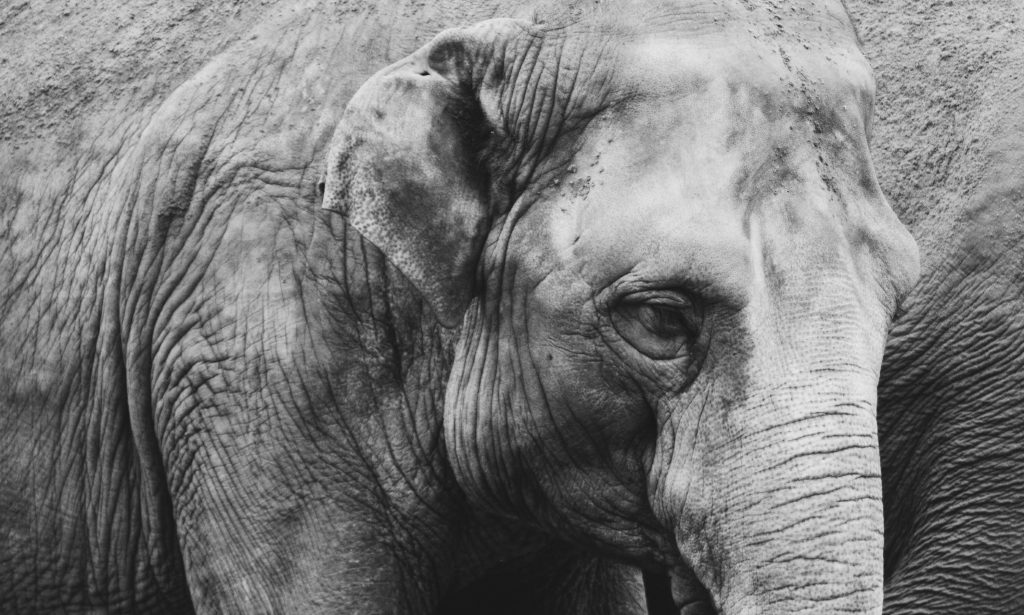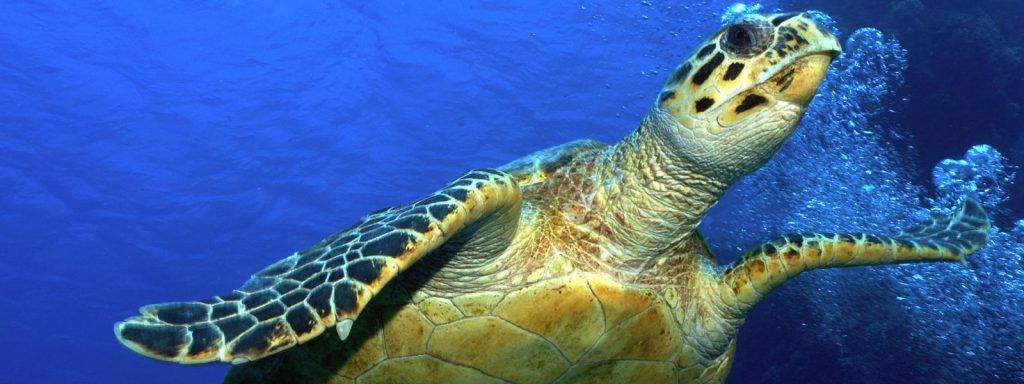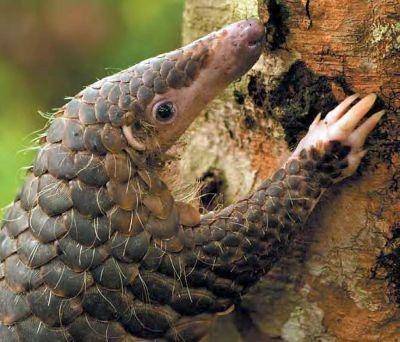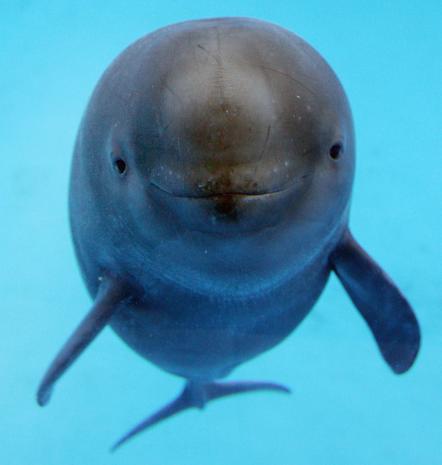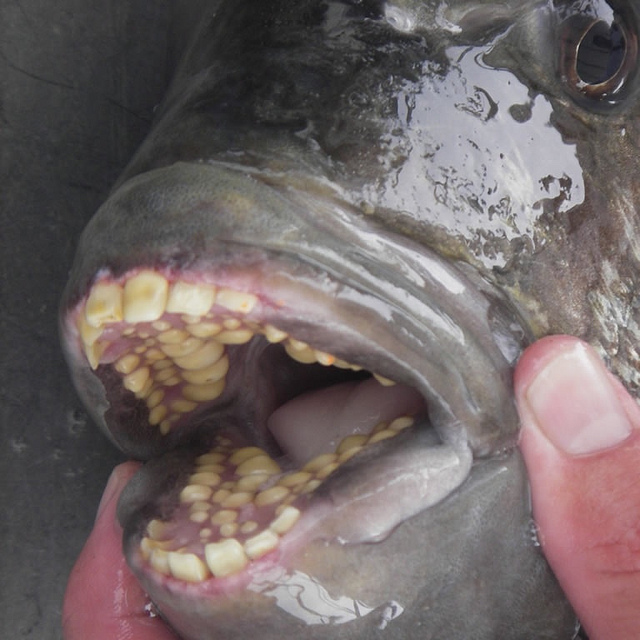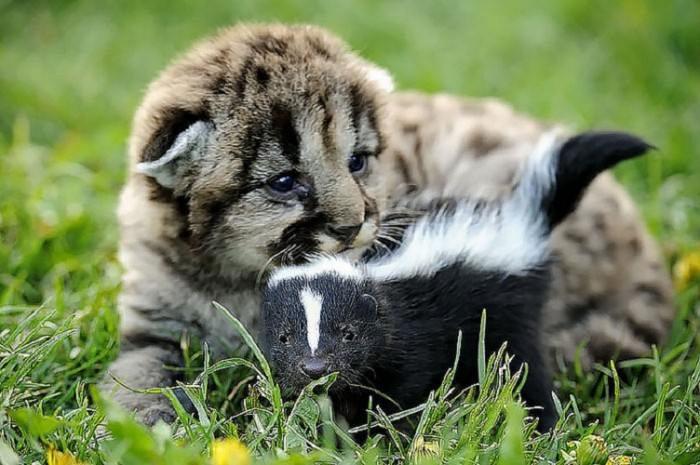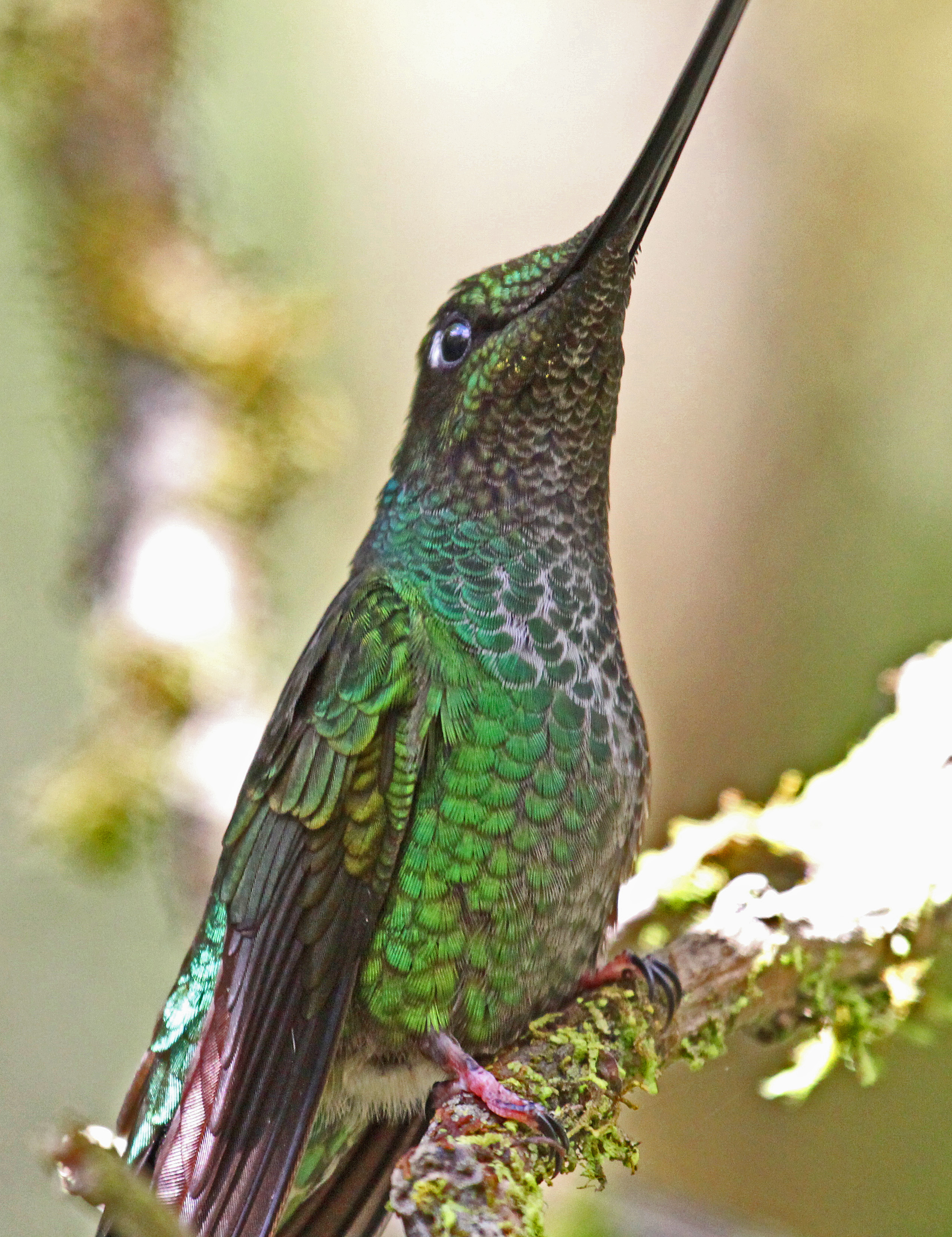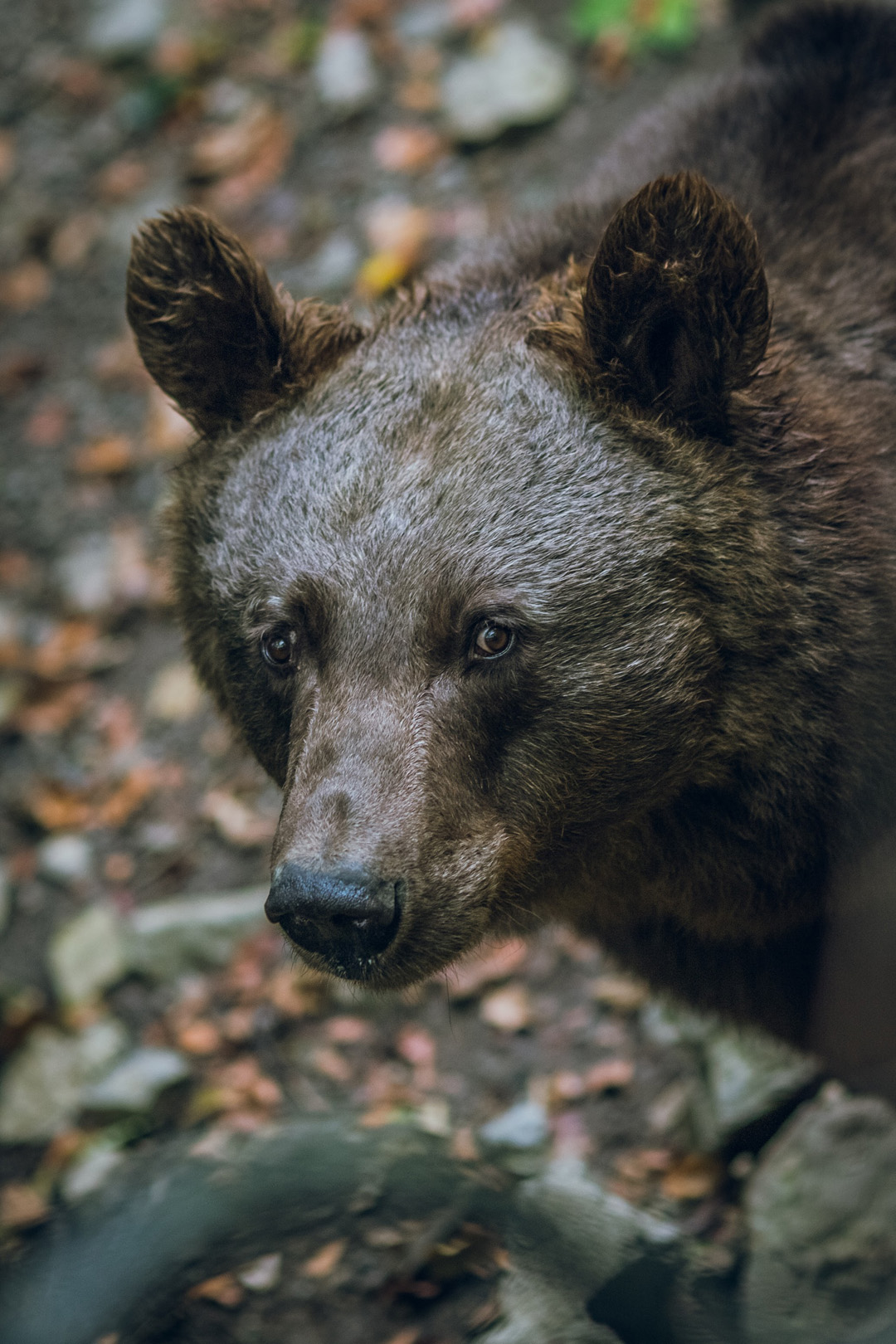Habitat loss, environmental changes and poaching are just a few of the conditions that are endangering animals around the world, putting many species on the brink of extinction. Let’s look at 10 animals who are heading for extinction and how you can help:
- Northern White Rhino
Formerly found in several Central and Eastern countries in Africa, the Northern white rhino, also known as the Northern square-lipped rhino, are almost extinct in the wild. The last two are female and live in the Ol Pejeta Conservancy in Kenya.
- Giant Chinese Salamander
Growing nearly six feet (two meters) long, the giant salamander is native to China and is regarded as the world’s largest amphibious creature. Until 30 years ago, the species was quite common. Unfortunately, the giant Chinese salamander has been exploited commercially for consumption by humans as well as had its habitat destroyed by large mining operations in the country.
- Western Lowland Gorilla
Once the most common gorilla subspecies in the Congo Basin, the Western lowland gorilla has seen their population decrease dramatically in recent years. This is partially due to poaching but also due to diseases. At this time, there are approximately 100,000 of the Western lowland gorilla remaining in the wild.
- Amur Leopard
Native to the far Eastern portion of Russia, Amur leopards are loners by nature, hunting by themselves for the most part. The Amur leopard is very strong, carrying any unfinished kills to a hiding place so as not to attract other predators who might steal their food. Because of rampant human activities taking over their habitat, there are now only 70 Amur leopards remaining in the world today.
- Sumatran Elephant
These lovely animals contribute to healthy forest ecosystems by eating a wide variety of plants and depositing seeds in their droppings. Unfortunately, war in the country as well as hunting and poaching for their ivory has damaged the population so badly that there are only 2,800 Sumatran elephants in the wild, at most.
- Saola
You may never have heard of this animal, which wasn’t discovered until 1992 after the recovery of a skull with strangely long horns. Native to Vietnam, the Saola is one of the rarest animals in the world, with a population of less than 750 in the wild due to poaching and hunting as well as habitat loss.
- Hawksbill sea turtle
This turtle has been on earth for over 100 million years and is found throughout the world’s tropical oceans. The Hawksbill sea turtle is vital to the marine ecosystem, helping to maintain coral reefs as well as seagrass beds. The Hawksbill sea turtle is poached for their shells, which are beautifully patterned and very colorful and sold for very high prices. Their population has decreased over 80 percent in the last 100 years.
- Malayan Pangolin
Another rare and unusual animal, the Malayan Pangolin is found from southern China to Borneo. Over the past 20 years, their population has decreased by more than 80 percent. Why? Hunting the creatures for their flesh and scales has increased in the region.
- Yangtze Finless Porpoise
In possession of high levels of intelligence and a mischievous smile, the Yangtze finless porpoise is named after the river they are native to. Their population, less than 1,800 in the wild today, is threatened by human encroachment and pollution.
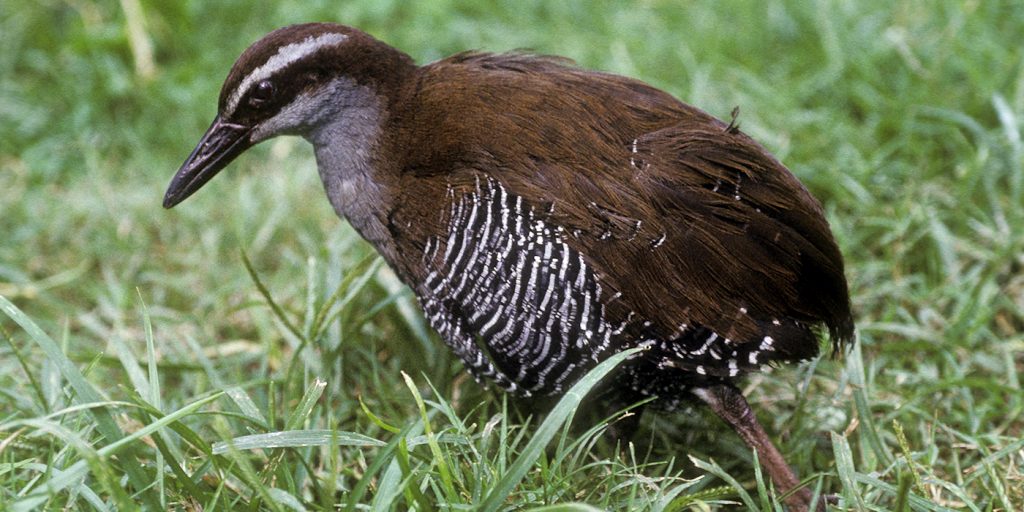
- Guam Rail
The Guam Rail is a flightless bird, which used to be found in large numbers on the island of Guam before the brown tree snake became an invasive species. These days, the Guam rail can only be found in a captive breeding facility in Guam and in 14 zoos in the United States. Small batches of the bird have been released back into the wild to promote breeding, but they are still considered extinct.
These are just 10 of many endangered species in the world. If you would like to help or like more knowledge about endangered animals, please see the World Wildlife Federation website or the International Union for Conservation of Nature.

